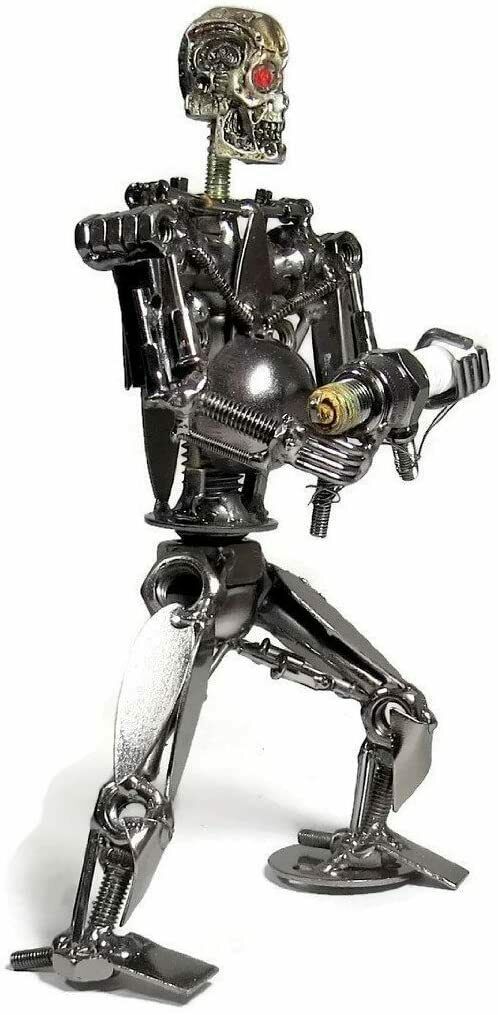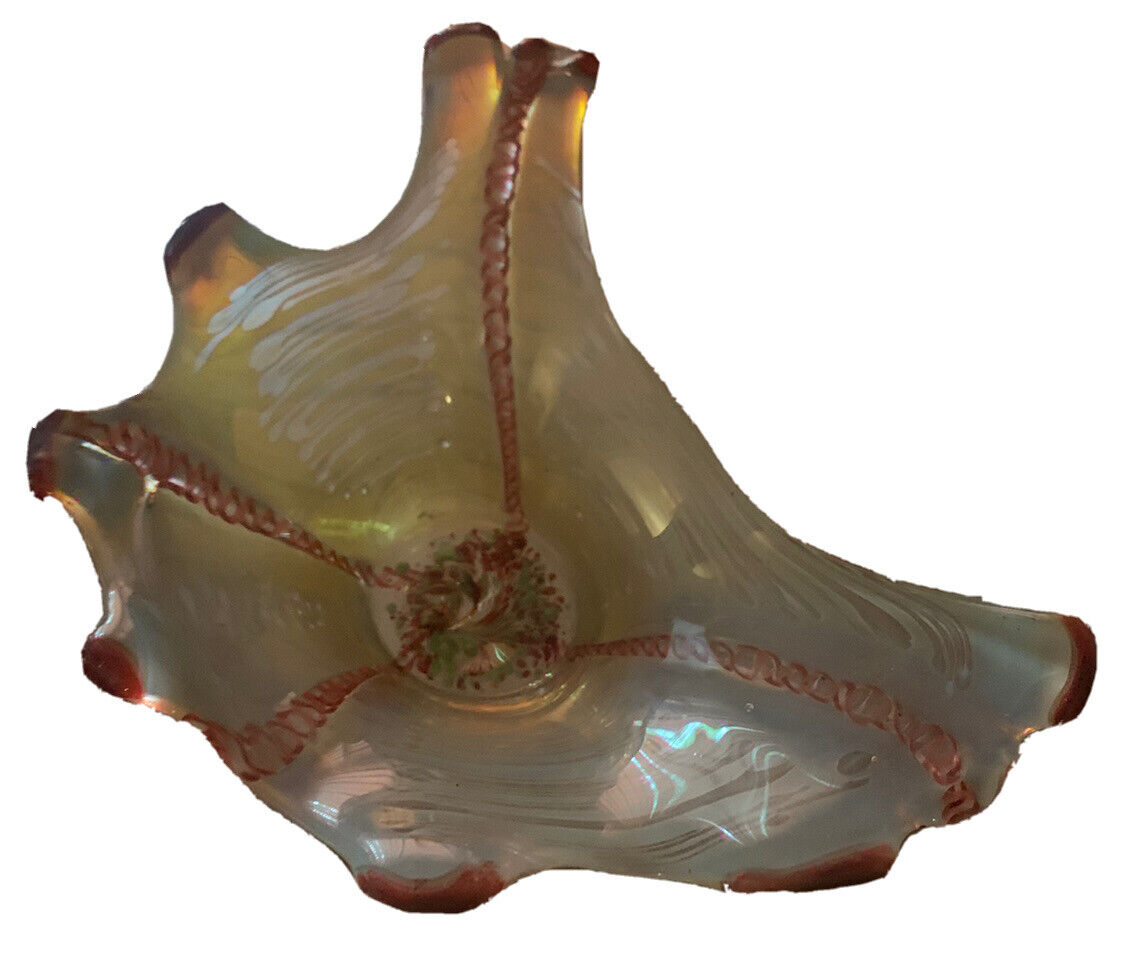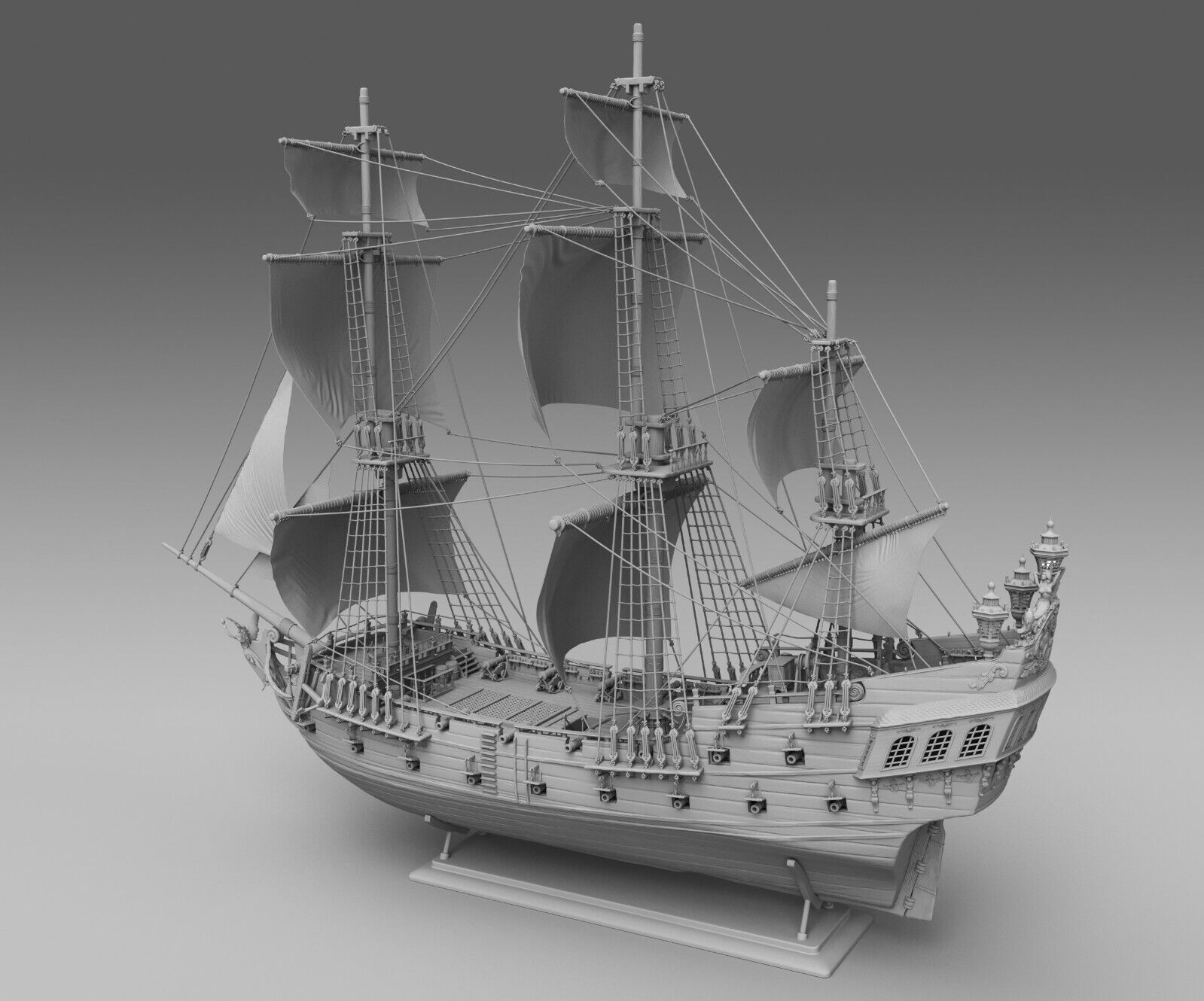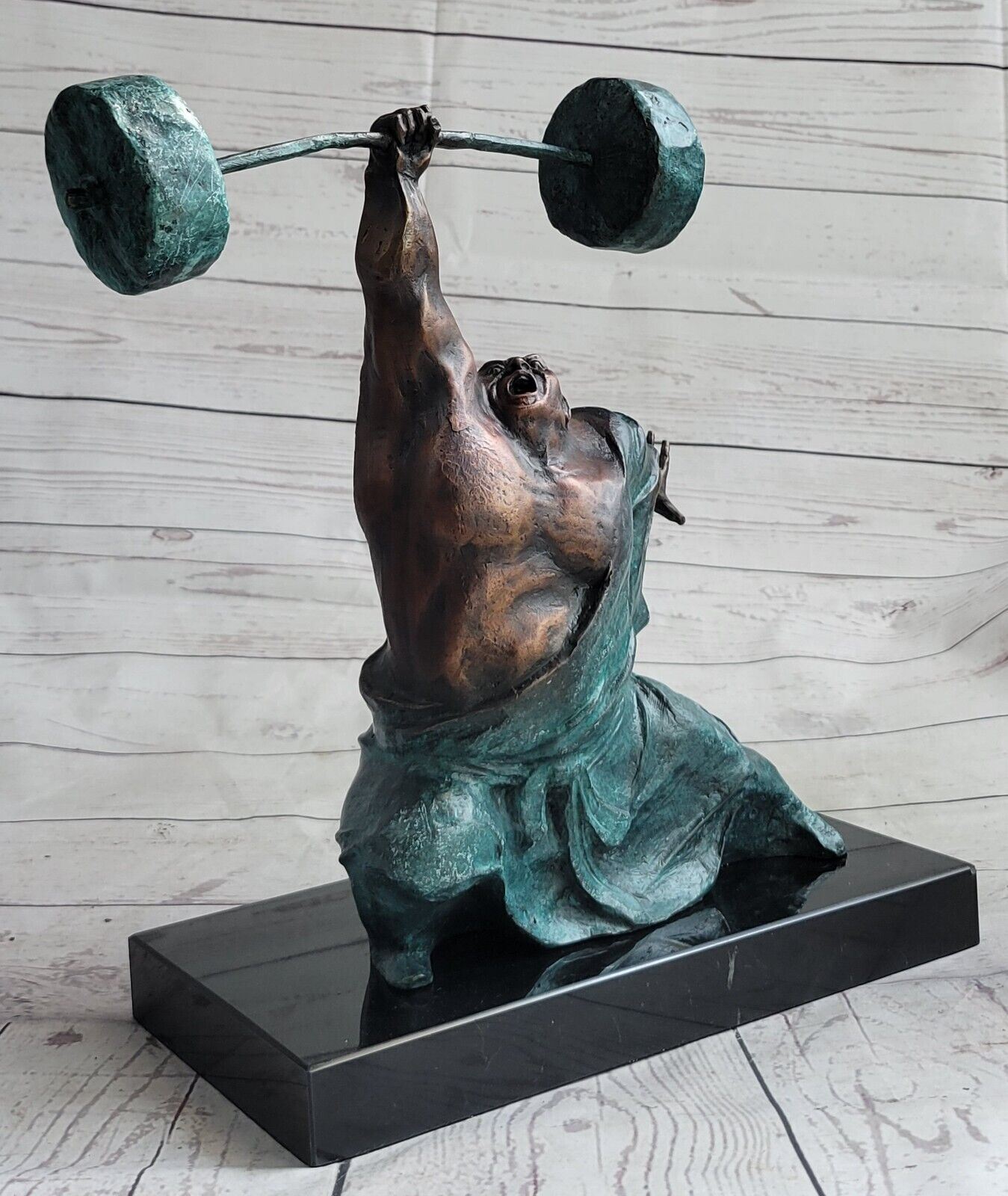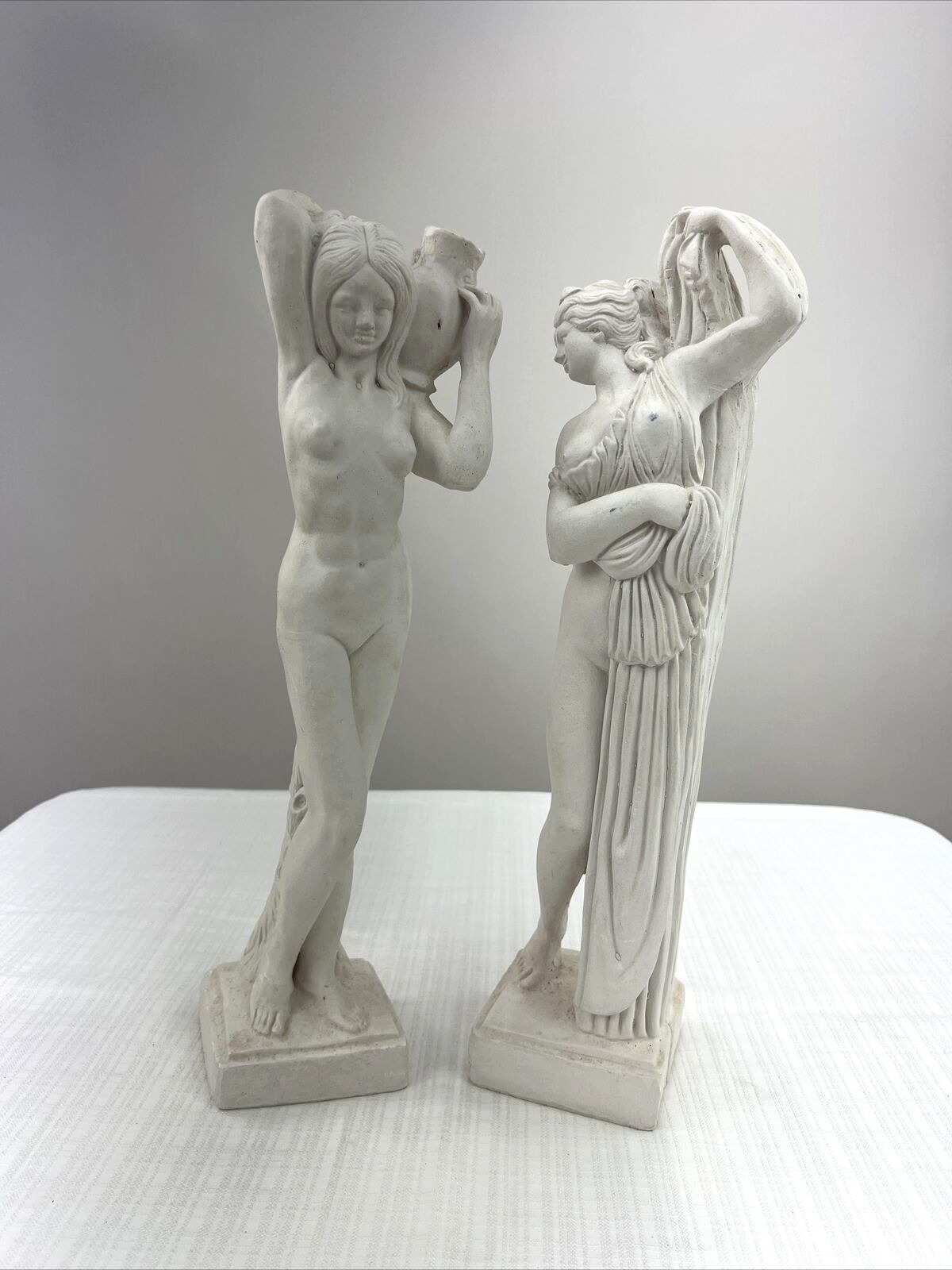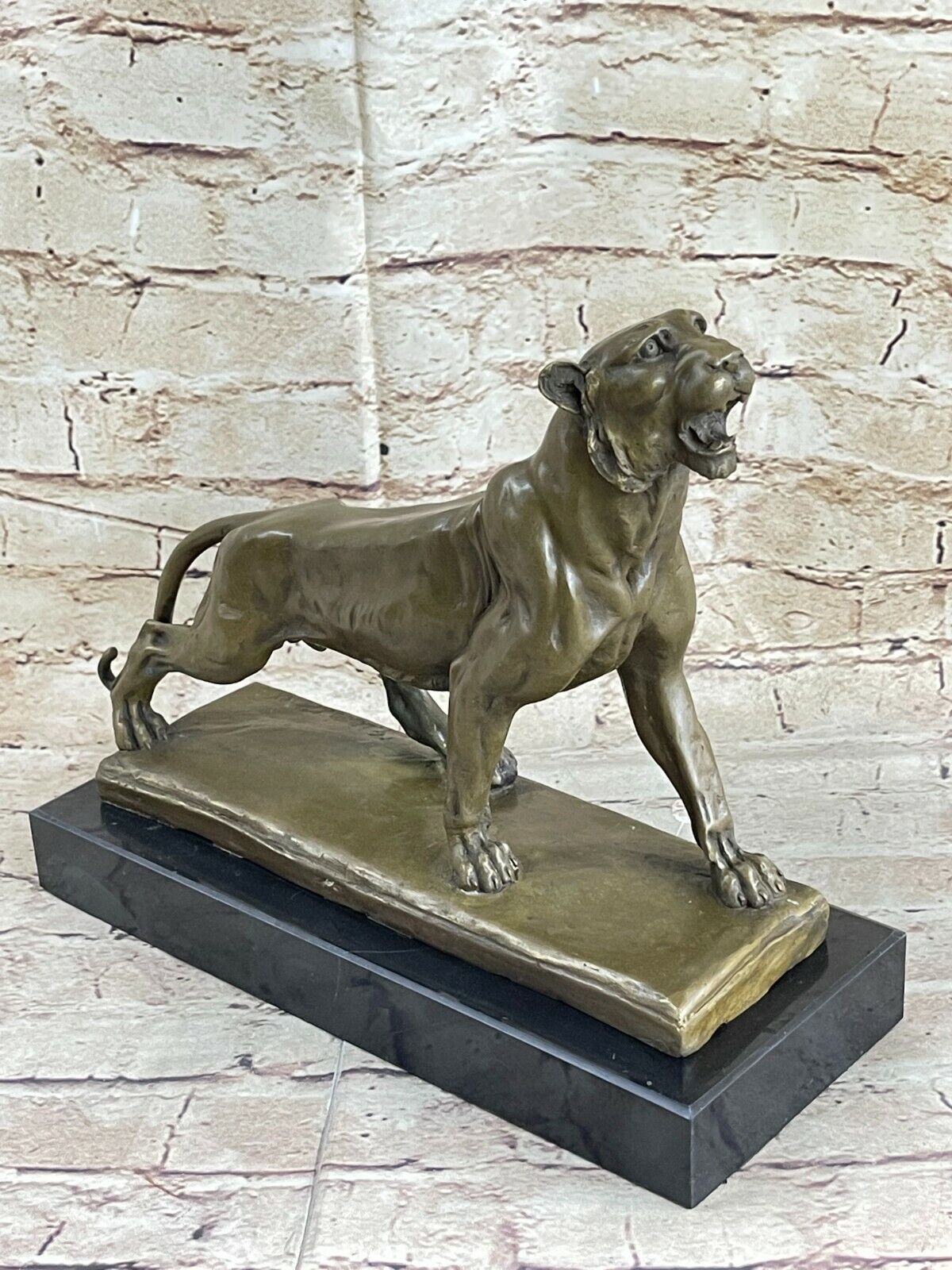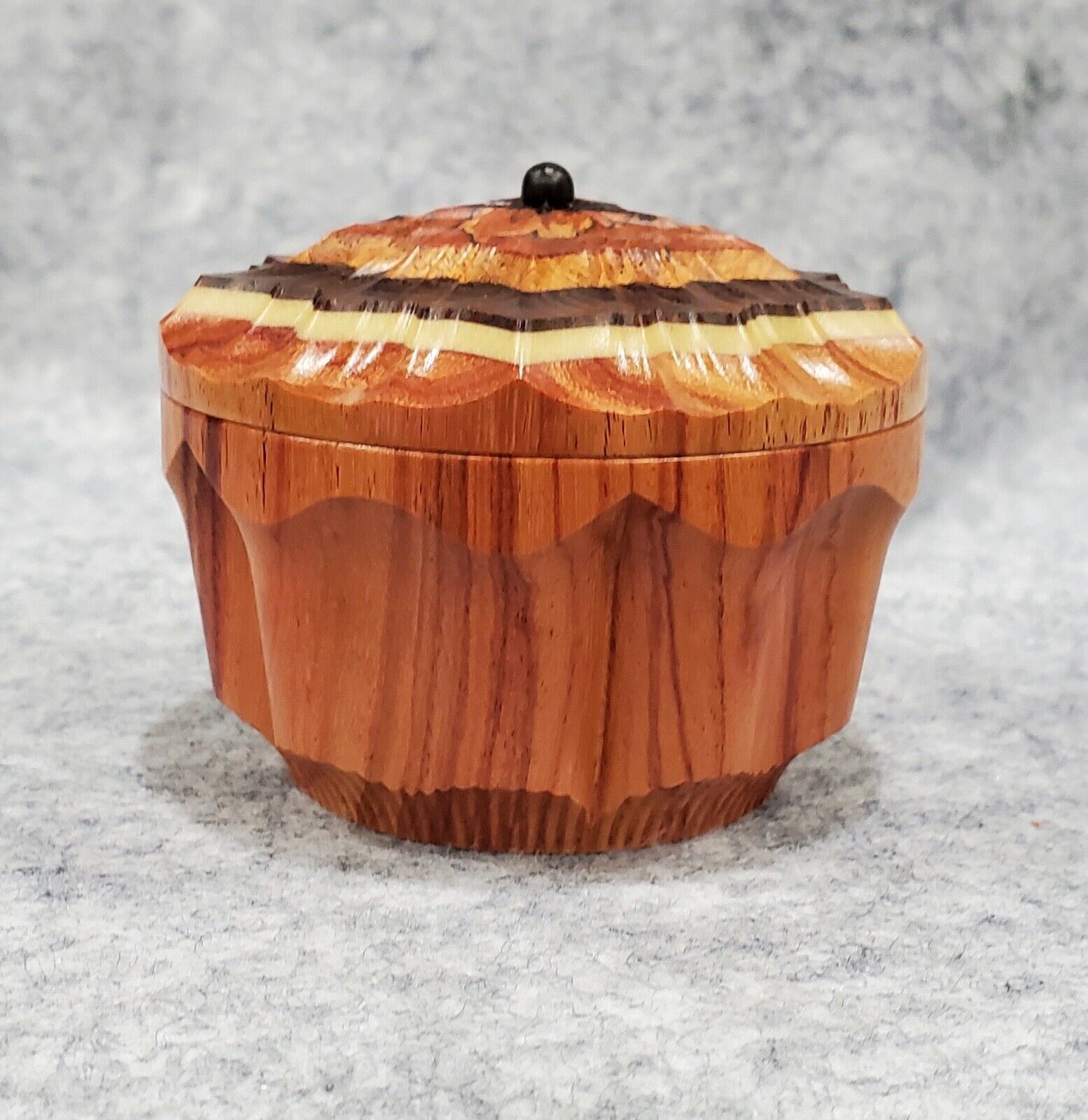-40%
ATTr:Diego Giacometti Listed Sculpture Solid Bronze/Metal Bird Statues
$ 348.47
- Description
- Size Guide
Description
ATTR:Diego Giacometti Listed Sculpture Solid Bronze/Metal Bird Statues. These are hand made solid Bronze/Metal Birds that would attach to custom made furniture. The birds would attach to the furniture or tables legs. The birds have on the underbelly a hole that would screw onto the legs. There are some markings on the underbelly. EXCELLENT CONDITION! MEASURE: 6" x 3" x 2". PLEASE WAIT FOR INVOICE!-------------------------------------------------------Diego Giacometti (1902-1985) was a Swiss sculptor and designer, and the younger brother of the sculptor Alberto Giacometti.
Diego Giacometti was born in Borgonovo, a Swiss village near the Italian border. Son of the painter Giovanni Giacometti, he grew up in a warm, convivial familial atmosphere amidst the animals of their farm. In 1904, the family settled in nearby Stampa in the canton of Grisons.
After business studies in Basel and Saint-Gall, at age 25 he followed the advice of his mother Annetta and went to Paris to rejoin his brother Alberto, then a student of the sculptor Antoine Bourdelle at the Academy of the Grande Chaumière*. All three of the Giacometti brothers went into the visual arts: Alberto and Diego into painting and sculpture, and Bruno into architecture.
The working relationship of Diego with Alberto was so close that it is sometimes difficult to distinguish the work of Diego from that of Alberto, 13 months his senior. They shared the same sculpture studio at 46 rue Hippolyte-Maindron in Paris until the ends of their lives and executed the commissions of their cultured clients such as the Maeght and Noailles families.
During World War II Diego Giacometti did his first animal sculptures. Animals regularly adorned his works, such as the
Table arbre à la souris
(Tree table with mouse), which belonged to the collection of Jean-Paul Binet, an eminent surgeon who was a close friend and patron of Diego Giacometti. His fascination with the animal kingdom was tied to the mythological and dream-like world of his childhood.
His sculptures are sometimes amusing or picturesque. For example,
L' Autruche
(The Ostrich) owed its existence to the fact that his friend Dr. Binet, not knowing what to do with an ostrich egg, gave it to Diego who integrated inside an ostrich that he dreamed up and sculpted.
Diego Giacometti's animal art was rich. Along with familiar animals he liked to have animals that symbolized force, power and beauty such as the heads of lions, wolves and horses.
He used bronze, a material that permitted him to sculpt in great detail, grace and elasticity. Diego's animals called for special, often costly techniques such as the lost wax* method. His animals were so finely done they helped make his reputation
After the death of Alberto in 1966, Diego redoubled his efforts, doing works of importance for decorators such as Georges Geffroy and Henri Samuel, or ensembles for public works such as the Fondation Maeght in Saint-Paul-de-Vence, the Chagall Museum in Nice, and the Picasso Museum in Paris. It was only after Alberto died that Diego came to be widely recognized as an important artist.
A major selection of his working material - over 500 items from the studio - has been given in 1986 by his estate to the Musée des Arts Décoratifs, Paris, following his exhibition held a few months after his death.








